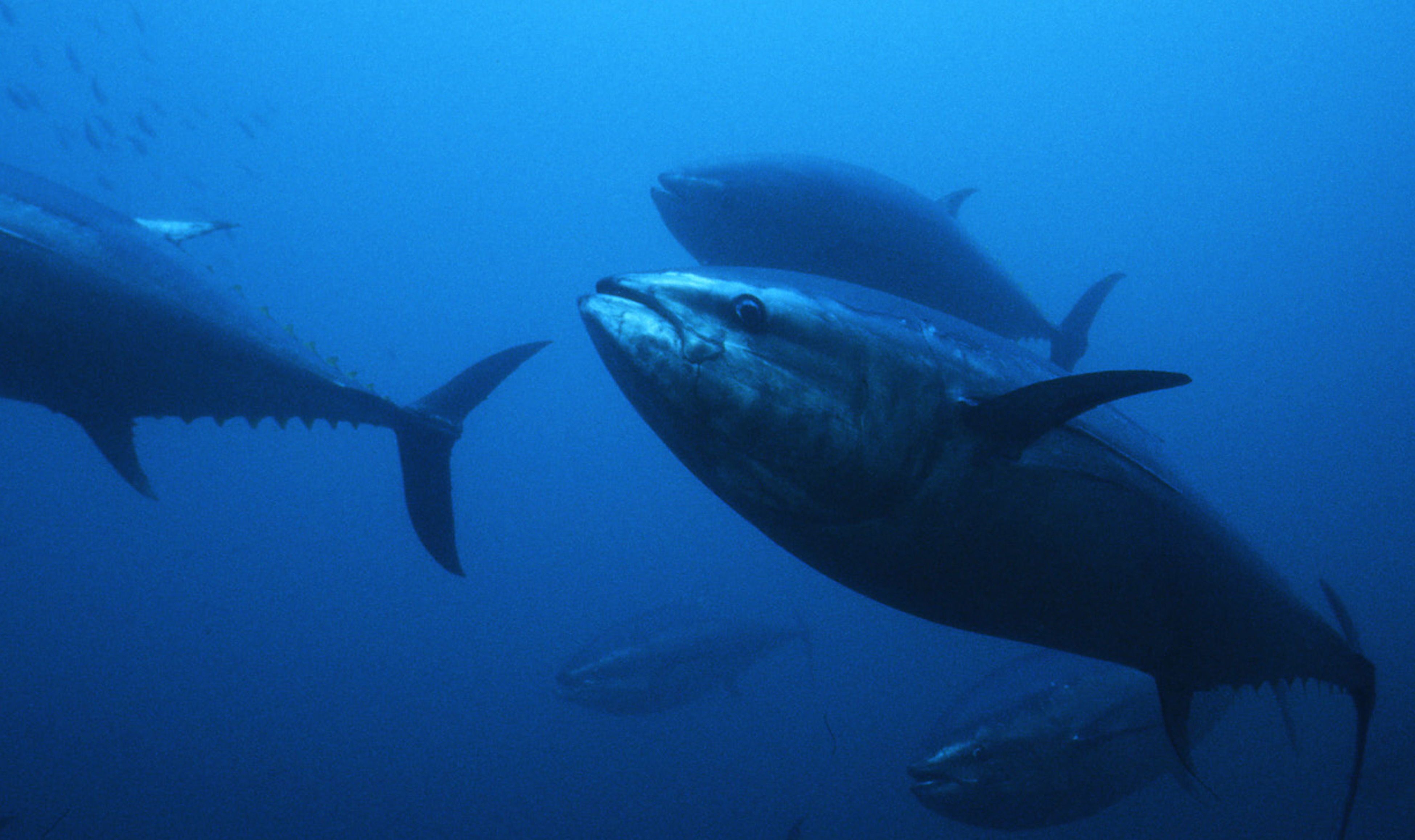Tuna has been popular, especially as sushi, among the Japanese for many centuries. But as the popularity of Japanese food has continued to rise throughout the world, the supply of tuna is now considered to be reaching the point of depletion. This is especially true for northern bluefin tuna, which has been highly praised for its delicate taste and thus has been overfished in recent years.
Alarmed by this situation, the Japanese government started a project to cultivate bluefin tuna in 1970, inviting numerous top-level universities to attempt to offer possible solutions. But as no achievements were made during the three-year project term, the universities ended their research efforts with the exception of Kinki University.
Kinki University, also known as Kindai, is a forerunner in fish cultivation and was able to continue its research since its Fisheries Laboratory operates on a stand-alone basis. It earned the money for its bluefin tuna research by selling other, more expensive fish such as sea bream and flatfish that it had already successfully raised. And after 32 years of intensive R&D, the laboratory surprised the world in 2002 by succeeding in the complete farming of northern bluefin tuna.

















With your current subscription plan you can comment on stories. However, before writing your first comment, please create a display name in the Profile section of your subscriber account page.